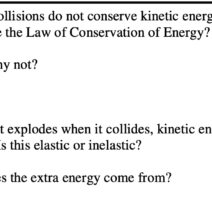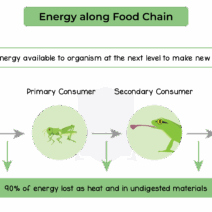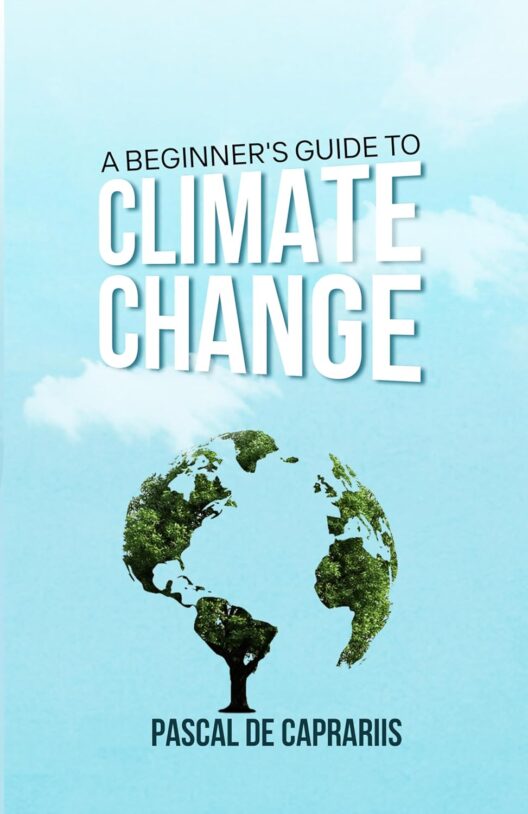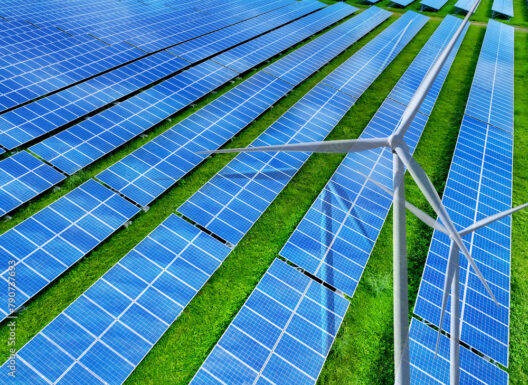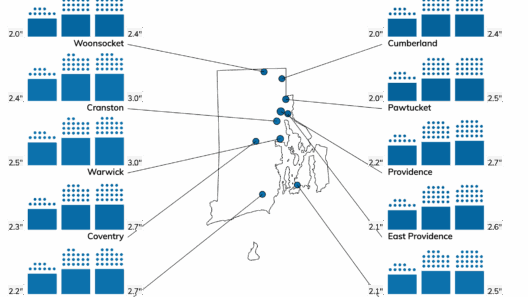The Conventions of the Parties (COP) stands as an annual gathering for countries around the globe to discuss and tackle the multifaceted issue of climate change. Engaging in diplomacy, negotiations, and collaborative strategizing, each of these summits culminates in agreements intended to mitigate the cataclysmic effects of global warming. Have you ever pondered what goes on behind the closed doors of these crucial meetings? What challenges do leaders face when they converge to address a frontier as expansive and intricate as climate change?
To comprehend the role and significance of COP, it is vital to delve into its historical context. The United Nations Framework Convention on Climate Change (UNFCCC) established COP in 1995. Each conference since has been marked by both progress and contention, as nations wrestle with divergent interests, economic implications, and ethical responsibilities toward future generations. COP’s mission is straightforward yet daunting: to stabilize greenhouse gas concentrations in the atmosphere and prevent dangerous anthropogenic interference with the climate system.
At each COP, representatives from nearly every country unite to negotiate legally binding commitments or soft agreements depending on the political climate and global circumstances. The most noteworthy of these summits is COP21, held in Paris in 2015, where the Paris Agreement was born—a pivotal accord aiming to limit global warming to well below 2 degrees Celsius, with aspirations to restrict the temperature increase to 1.5 degrees. This ambitious target poses a grave challenge: whether nations can unite not only in rhetoric but also in actionable steps that reflect this commitment.
As the gatherings unfold, various key themes and issues surface. Adaptation and mitigation strategies, financial mechanisms, technological innovation, and equity among developing and developed nations permeate discussions. An intrinsic dichotomy exists. Developing nations advocate for greater financial assistance and technology transfer from wealthier countries. These nations often find themselves combating the impacts of climate change with limited resources, while industrialized nations debate the pace and scale of their reduced emissions. This juxtaposition invokes a pressing question: how can fairness be balanced with urgency?
Decisions made at COP are recorded in a series of documents, including the final text of agreements. However, behind these austere declarations lies the day-to-day reality of negotiations, characterized by intensive talks, backdoor agreements, and lobbying by various stakeholders, including non-governmental organizations (NGOs), businesses, and activist groups. This includes debates over loss and damage, which focuses on compensating countries that suffer irreparable harm due to climate-induced events—a concept fraught with ethical and financial dilemmas.
Perhaps one of the most critical aspects of COP is the annual pre-conference processes. Nations engage in dialogues and consultations all year long to shape their national pledges, known as Nationally Determined Contributions (NDCs). These NDCs are essential, as they articulate how each country intends to reduce its greenhouse gas emissions. Yet, they often reveal the gap between ambitions and reality. If nations consistently set goals without backing them with observable actions, how can trust be built among them? And what does that say about our collective commitment to safeguarding our planet?
Various COPs have spawned significant outcomes and legislation, yet they have also faced criticism. Some argue that these meetings function as an arena for political posturing rather than a venue for substantive action. Initiatives may be overshadowed by ongoing geopolitical conflicts or prioritized economic agendas. Moreover, the “greenwashing” phenomenon—where companies or countries position themselves as environmentally friendly without any real commitment to ecological initiatives—poses a perilous challenge. When policy-makers focus more on optics than on genuineness, the climate crisis arguably worsens, exacerbating the very issues COP aims to tackle.
In recent years, youth activists, indigenous voices, and marginalized communities have increasingly taken center stage, urging leaders to heed their calls for climate justice. This evolving landscape presents a conundrum: how can the discussions at COP encapsulate these urgent voices and ensure equitable representation in policy formulations? The answer is not straightforward and underscores the complexity of achieving consensus among a diverse array of interests.
The most recent COPs have spotlighted the intersectionality of climate issues—highlighting the links between climate change, social justice, and economic inequality. The COVID-19 pandemic has further illuminated these connections, revealing how crises disproportionately affect vulnerable populations. As conversations around “building back better” gain traction, the challenge remains: will nations prioritize sustainable recovery while effectively addressing historical injustices? This ambiguity places an enormous onus on leaders to transition from dialogue to action.
As we anticipate future COPs, the efficacy of these gatherings will hinge on our capacity to keep governments accountable and engaged. The Climate Action Summit in 2019 and subsequent discussions have paved the way for ambitious yet achievable targets. However, the critical question looms: will nations embrace the ethos of collaboration, or will the competition for economic supremacy continue to overshadow collective environmental imperatives?
Ultimately, COP is more than just an acronym; it is a microcosm of the global struggle against climate change. It poses questions that challenge us to think critically: Can disparate nations unearth common ground? Will they transcend negotiation stalemates to catalyze real transformation? As the world scrutinizes these conferences, the stakes couldn’t be higher. The need for progress is palpable, and the clock is ticking. What legacy will this generation leave—the climate crisis or a commitment to profound, lasting change?
